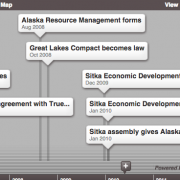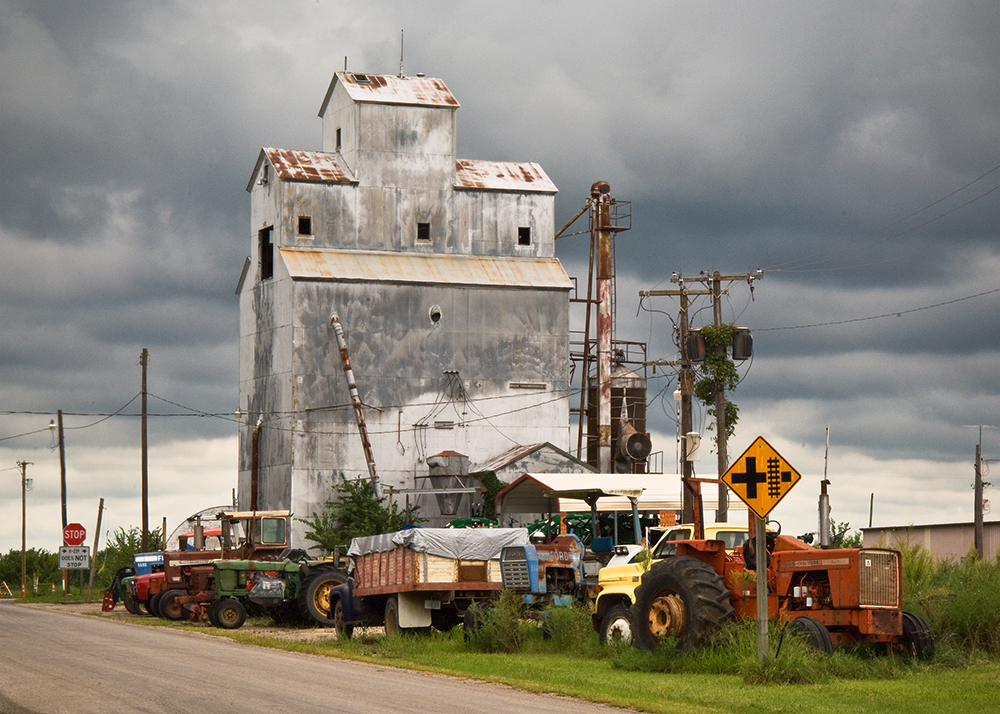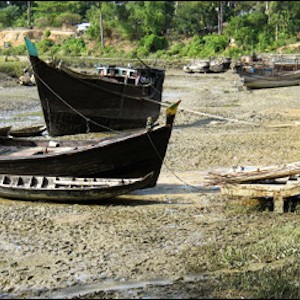Protecting the Future of Chicagoland’s Drinking Water
 Regional water plan could serve as a model for other communities.
Regional water plan could serve as a model for other communities.
by Steve Kellman
Circle of Blue
Chicagoland planners have drafted an ambitious plan to secure the region’s water supply through 2050, in the face of a booming population and its increased demand on the finite resource.
The draft plan — the first of its kind for the region — covers 11 counties that are home to 8.4 million people, a population expected to grow to 12.1 million by 2050.
“We live in a region that’s been blessed with abundant water supplies,” said Tim Loftus, project director for the Chicago Metropolitan Agency for Planning’s Regional Water Supply Planning Group. “There’s a mindset here, I think historically and even now, that just doesn’t think about scarcity and waste.”
The situation is far different in other areas of the country like California, Texas and Nevada, where long-running droughts are forcing wrenching changes in lifestyles and development as water reservoir levels drop and wells run dry. In Las Vegas, Loftus noted, the local water district is paying homeowners millions of dollars to tear out their lawns and replace them with plant varieties more suited to the desert climate, reducing the need to for lawn irrigation.
Despite the differences, Loftus said, “we can look at those places and learn. They offer wonderful models for how you can actually become more efficient and use less water.”
Most of the drinking water for the Chicagoland region of northeastern Illinois comes from Lake Michigan. That seemingly limitless freshwater supply is restricted by a U.S. Supreme Court consent decree to 2.1 billion gallons a day, which should serve the existing communities until about 2030, according to plan estimates.
The region’s other major sources of drinking water, including the Fox and Kankakee rivers and groundwater, face limits of their own. Regional water withdrawals from the groundwater already exceed the recharge rate — or the rate at which the groundwater levels stay constant — suggesting that several communities will face “decreasing well yields, increasing pumping expenses, increases in salinity, and increased concentrations of radium, barium and arsenic” by 2050.
The Northeastern Illinois Regional Water Supply/Demand Plan is the result of more than three years of work by CMAP, an organization that is tasked with making regional land use and transportation recommendations to protect natural resources, improve mobility, and minimize traffic congestion in a seven-county region. Four more Chicago-area counties were added to the region covered by the Water Plan.
The plan lays out estimated growth figures for the region, reviews the existing water supplies and how much each may be able to grow to meet the increased growth, and proposes several strategies for covering the difference.
“At the end of the day, it’s going to have to be a variety of things,” Loftus said. “During this abbreviated planning cycle we’re focusing on a new commitment to water use conservation and efficiency.”
Those conservation measures include steps as simple as encouraging the replacement of old, inefficient toilets with high-efficiency motels that use less water per flush. The draft Water Plan recommends that CMAP explore funding to implement a regional toilet replacement program while public water suppliers offer rebates to cover part of a homeowner’s cost of the conversion.
“Toilets are the biggest user of water indoors, and we estimate that we could achieve savings of anywhere from 15 to 75 million gallons of water a day (by switching to high-efficiency toilets),” Loftus said. “The beauty of that is it doesn’t really require a change in behavior, just using new technology.”
A residential plumbing retrofit program to replace faucets and showerheads in older residences could achieve similar water savings, according to the plan. Similar programs have helped reduce water use in other communities.
Austin, Texas, which set up a plumbing retrofit program for multifamily property owners, has replaced 30,000 toilets and showerheads and 60,000 faucet aerators since 2006. The average program participant has reduced water demand by 25 percent, with some apartments cutting the demand by 50 percent, saving the city 3.5 million gallons of water a month.
Another effective conservation measure would be to tighten water use restrictions, Loftus said, such as encouraging homeowners to water their lawns once or twice a week instead of every day or every other day.
CMAP’s Regional Water Supply Planning Group meets January 26 to review the draft plan and consider its approval.
“We expect at that point following discussion and perhaps a few last-minute edits, they’ll endorse the plan,” Loftus said.
Sources: The Chicago Metropolitan Agency for Planning, Regional Water Supply Planning Group









water conservation must really be big deal especially with the trends that our water supply is going. everybody should participate since water availability concerns us all.